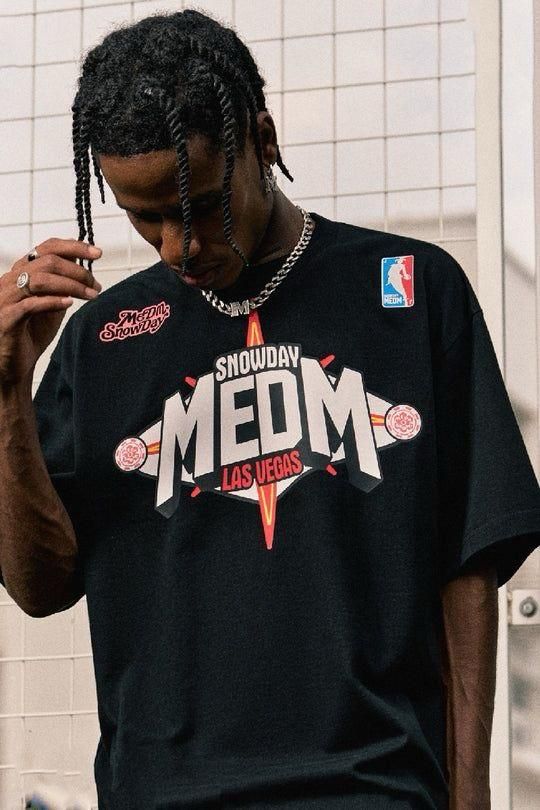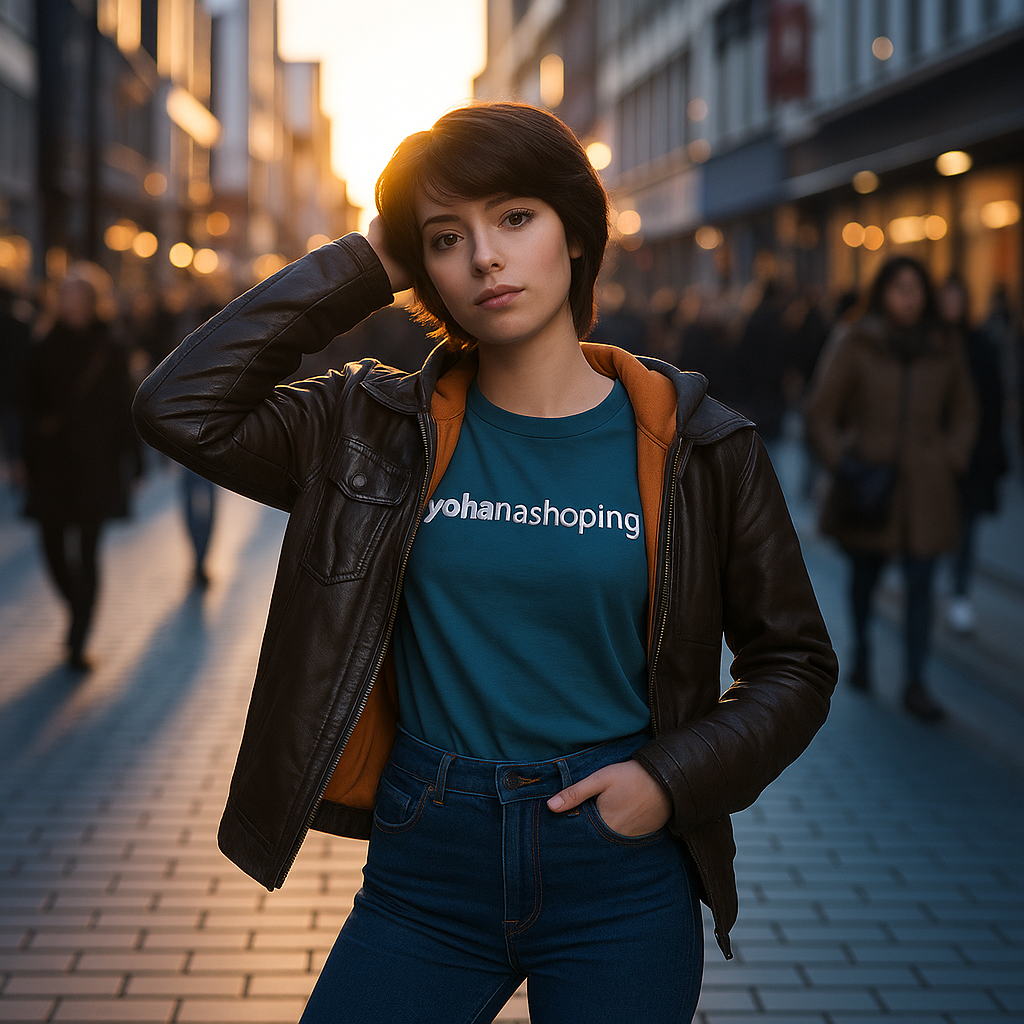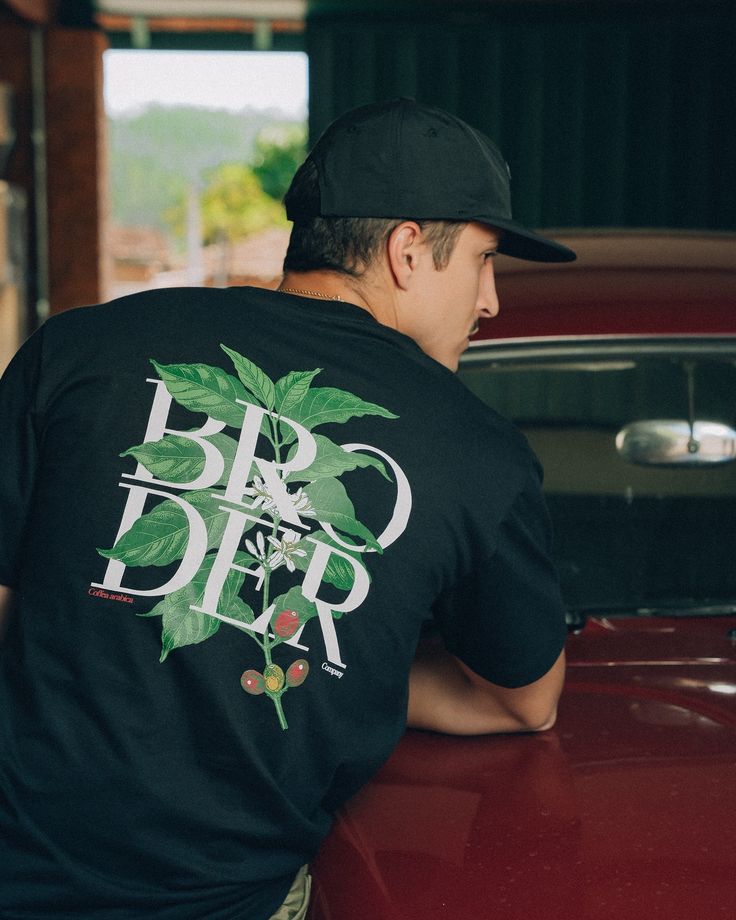No products in the cart.: $0.00

No products in the cart.: $0.00

Introduction
The year 2025 is redefining the parameters of fashion, as designers and consumers alike shift their focus from visual minimalism to sensory engagement. No longer satisfied with flat surfaces or standard silhouettes, fashion enthusiasts are gravitating toward garments that provide both visual depth and physical dimension. At the heart of this evolution stands an unexpected hero: the T-shirt. Once considered the simplest of wardrobe staples, the T-shirt has undergone a tactile transformation. It now boasts sculptural textures that challenge traditional fashion norms and elevate everyday dressing.
Textured T-shirts have emerged as a dynamic frontier in wearable design. Crafted through techniques like quilting, pleating, and ruching, these garments merge craftsmanship with technological precision. Quilting brings padded structure and plush comfort, evoking a sense of coziness wrapped in design complexity. Pleating introduces symmetry and rhythm, giving the fabric life and movement. Ruching, in contrast, offers a softer, more organic feel, creating visual undulation that feels both spontaneous and intentional.
This rise in texture coincides with larger movements in the fashion world. Consumers in 2025 are more engaged with the tactile qualities of their clothing than ever before. They seek pieces that not only look good but also feel significant. They are drawn to storytelling in their clothing—garments that convey artistry, emotion, and ingenuity. In response, designers are reimagining the T-shirt as a canvas for sculptural expression, using innovative construction techniques to give a second skin new meaning.
As we journey through this article, we will unravel the elements that have brought about this textural renaissance. From the historical evolution of these techniques to the modern innovations behind their rise, we will explore how quilted, pleated, and ruched T-shirts have captivated the fashion world. We’ll also examine the role of sustainability, the influence of technology, and the cultural significance of texture in 2025. By the end, you’ll understand why these once-plain garments are now considered cutting-edge icons of style, design, and personal expression.
The Rise of Texture in Contemporary Streetwear Culture
Texture has always been a silent language in fashion. From velvet’s richness to linen’s breezy weight, the sensation of fabric against the skin and the visual interest it creates plays a powerful role in how clothing is experienced. However, until recently, texture was more associated with eveningwear or high fashion than with basics like the T-shirt. That perception has changed dramatically in 2025, as texture becomes the driving force behind one of the most surprising revolutions in casualwear.
In today’s fashion ecosystem, texture isn’t just an embellishment—it’s a defining feature. The contemporary T-shirt, now adorned with quilted patterns, sharp pleats, or whimsical ruching, has become a vehicle for storytelling and personal identity. These shirts stand out not because they’re loud in color or branding, but because they feel alive. They catch light differently. They shift and ripple with motion. They invite touch.
In particular, streetwear—a style rooted in rebellion, expression, and cultural fusion—has embraced texture as a means of innovation. Traditionally reliant on logos, graphics, and oversized silhouettes, streetwear is now seeing a renaissance through fabric manipulation. Quilted T-shirts are giving a nod to utility and protection, reminiscent of tactical wear and padded outer layers, but rendered in lighter materials suitable for daily wear. Pleated T-shirts bring geometric sophistication, aligning with the cyber-aesthetic and futuristic narratives dominating Gen Z fashion. Meanwhile, ruched T-shirts capture a softer vibe, favored for their romantic asymmetry and natural flow.
Texture has become more than a trend—it’s a language. It speaks of thoughtfulness, of a desire to go beyond flat visuals and into something more immersive. This aligns with consumer psychology in 2025, where fashion is increasingly judged on how it makes you feel, not just how it looks in a mirror or on a feed. It’s tactile, emotional, even nostalgic, bringing us back to the comfort of childhood blankets or the elegance of hand-pleated fabrics.
Moreover, as more consumers reject mass-produced monotony, textured tees offer uniqueness. Each fold, tuck, or stitch adds character. The wearer becomes a curator of aesthetic depth rather than a consumer of disposable trends. Texture personalizes, and in an age where self-expression is paramount, that personalization is priceless.
Conclusion: The Textured Future of Fashion Begins Now
As we stand at the threshold of fashion’s next era, it is clear that the textured T-shirt is more than a passing fascination. It represents a holistic shift in how we define style, one that prioritizes experience over appearance, substance over spectacle. Quilted, pleated, and ruched T-shirts have taken center stage not because they reinvent the wheel, but because they reinvent the way we engage with the familiar.
These tactile innovations remind us that even the most ubiquitous garment can be a site of transformation. By manipulating form, dimension, and movement, designers have breathed new life into the T-shirt, turning it into something sculptural, emotional, and forward-thinking. In 2025, the fashion world isn’t just about looking good—it’s about feeling connected, about wearing something that resonates with who you are and where you’re going.
Textured T-shirts embody this philosophy. They echo the cultural momentum toward slower, more deliberate fashion. They capture the innovation born from new materials, 3D knitting technologies, and sustainable practices. And they offer a canvas where creativity meets comfort—a balance many thought impossible until now.
As fashion continues to evolve, it’s likely we’ll see even more nuanced approaches to texture. We’ll witness modular textures, interactive fabrics that shift shape, and eco-engineered materials that invite both sustainability and surprise. But no matter where we go, the lesson of the textured T-shirt will remain: design doesn’t have to shout to make a statement—it can simply fold, gather, and ripple its way into the future.
Company: TARAHJE BURKE SOLUTIONS LLC
Address: 606 E 8TH ST, WASHINGTON, NC 27889, United States
Email: [email protected]
Support Time:
Monday – Saturday: 8:00 am – 7:00 pm



